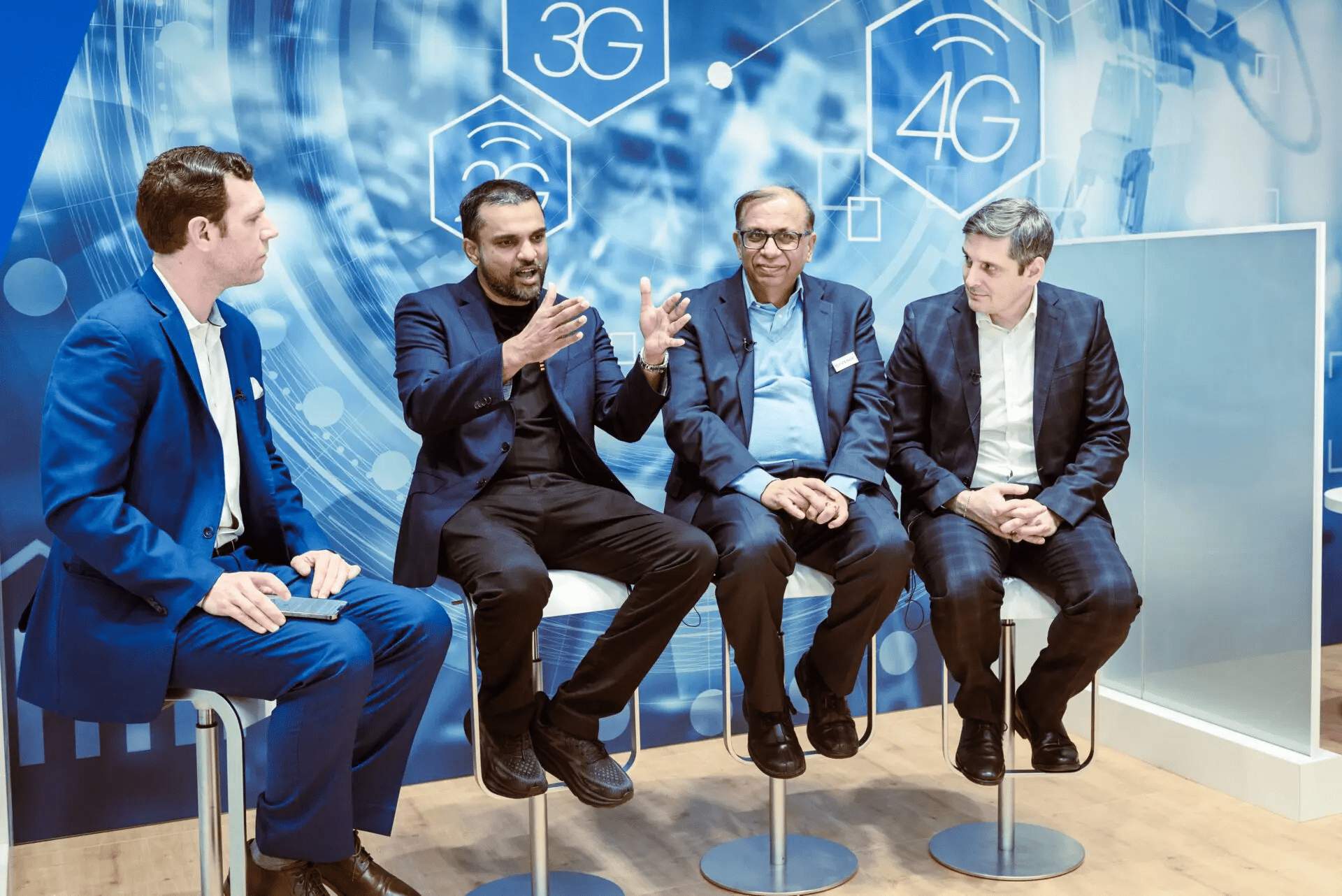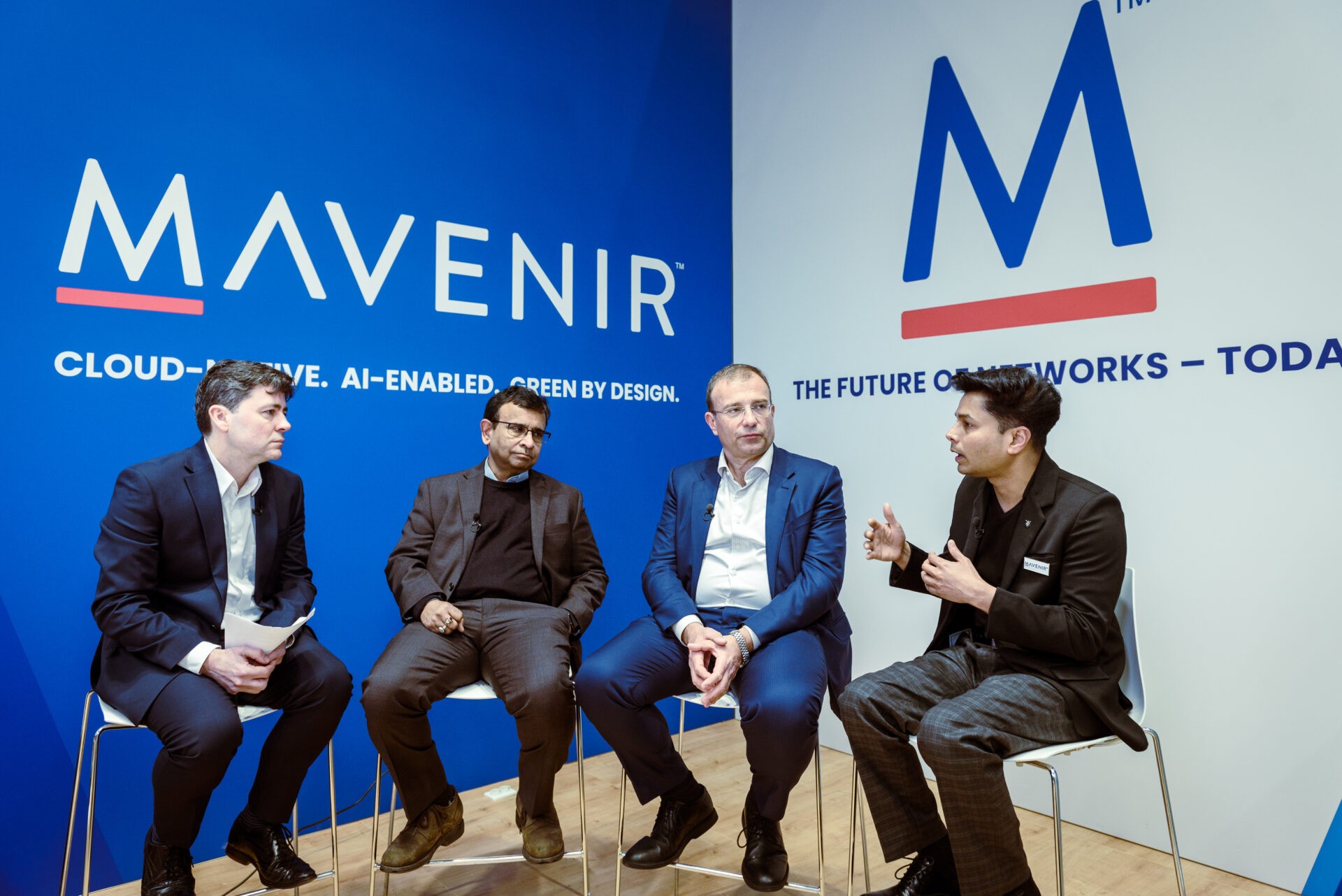Future-Proof Your Network with Open RAN and Interoperability

With more Open RAN deployments happening every day, I am frequently asked about the performance of Open RAN and if it is on parity with closed legacy systems. The results are in and performance looks great! Mavenir has had several deployments with stringent requirements, even some with situational challenges such as replacing the cell site in non-uniform geographical areas, and in every instance, Open RAN met or exceeded performance requirements.
Everyone knows that open architectures foster innovation, but it also means speed. I believe the biggest advantages are in the areas of interoperability, integration and speed to deploy new technologies. Open RAN is a long-term strategy, it’s not just about 5G. Most 5G deployments are just putting 5G frequencies on today’s cell grid. Many are not thinking of what 5G should really be in terms of latency and densification of the site, which really makes a substantial difference. And what about 6G and beyond? The key is to evolve the architecture to make it more future-proofed and ready to take advantage of rapidly developing technology advancements. The future network architecture must be flexible and fit many use cases.
Until today, it has not been possible to connect a radio unit from one vendor to the baseband processing of another. In a closed architecture, new advancements can mean a year or two of interoperability assessments and design, followed by months of integration testing. Each communication service provider repeats everything individually. With Open RAN, every phase is shortened because the components already work together. They are naturally interoperable because they have been designed and developed according to an open standard.
For example, many radio unit vendors are entering the ecosystem and providing needed flexibility. Radio Units can all be tested against the standard architecture in test beds and standard labs such as the UK’s SmartRAN Open Network Interoperability Centre or SONIC Labs. Mavenir played an important role in the launch of the lab, which is focusing on interoperability and integration of open technologies. Because the architecture is open, all vendors are simultaneously testing their components and benchmarking results. SONIC Lab provides an opportunity for vendors to actually be able to try their infrastructure in interoperability testing, which means that they have been able for the first time, to test their equipment in an operator-like environment.
Obviously, every technology step needs time to mature, however, this is now happening at a much more accelerated pace. Software-based Open RAN is shortening adoption of new technology by months, and I anticipate that in a couple of years, this will take almost no time because all the main vendors will have resolved the ambiguities which normally are more on the maintenance plane rather than the functional plane. That’s really where the real gains are going to come from – the creation of a foundation that is ready for future innovation. It’s time to think differently and to have a new mindset. We must be bold to be Open!



